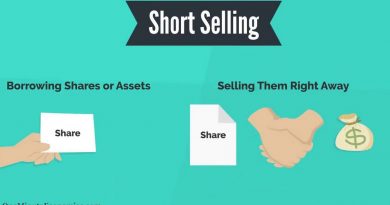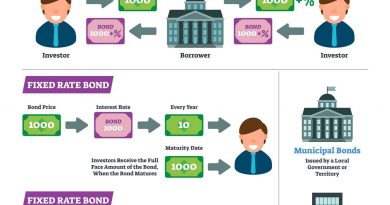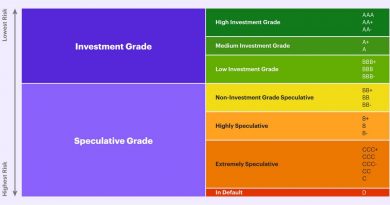Trading Curb What It is Levels History

Contents
Trading Curb: What It is, Levels, History
What Is a Trading Curb?
A trading curb, also called a "circuit breaker," is the temporary halting of trading to reins in excess volatility and restore order.
When a halt is triggered, markets are said to be "curbs in".
Key Takeaways
- A trading curb is a temporary measure that halts trading to minimize panic-selling on U.S. stock exchanges.
- Trading curbs were implemented after the Black Monday stock market crash on Oct. 19, 1987, to minimize negative feedback loops and moderate intraday volatility.
- The S&P 500 Index is used for the daily calculations of three trading curb levels that would cause trading halts.
Understanding Trading Curbs
Governed by Securities and Exchange Commission’s (SEC) Rule 80B, a trading curb is a temporary restriction on trading in a particular security or market, designed to reduce excess volatility. Trading curbs were implemented after the stock market crash on Oct. 19, 1987 (known as "Black Monday"), as program trading was thought to be the primary cause of the plunge. The rule was amended in 2013 in response to the so-called Flash Crash of May 6, 2010.
Trading curbs allow the market to catch its breath when rocked by extreme volatility. Temporary halts to trading give market participants time to think about how they want to respond to large and unexpected movements of market indexes or individual securities when the curbs are lifted. The circuit breakers apply to all equities, options, and futures on U.S. exchanges.
Some analysts argue that trading curbs are disruptive and keep the market artificially volatile because they cause orders to build at the limit level and decrease liquidity. Critics of circuit breakers argue that if the market were allowed to move freely, without any halts, they would settle into a consistent equilibrium.
Curbs In Levels
The S&P 500 Index serves as the reference index for daily calculations of three breakpoints (Levels 1, 2, and 3) that would cause trading halts.
- Level 1 is a 7% decline from the previous day’s close of the S&P 500 Index, resulting in a 15-minute trading halt; if the 7% decline occurs within 35 minutes of market close, no halt will be imposed.
- Level 2 is a 13% decline that will also cause a 15-minute halt; similarly, there would be no stop in trading if the 13% decline occurs within 35 minutes of market close.
- Level 3 is a 20% drop that will result in the closing of the stock market for the remainder of the day.
Under current rules, a trading halt on an individual security is placed into effect if there is a 10% change in the value of a security that is a member of the S&P 500 Index, Russell 1000 Index, or QQQ ETF (exchange-traded fund) within a five-minute time frame, 30% change in the value of a security whose price is equal or greater than $1 per share, and 50% change in the value of a security whose price is less than $1 per share.
For individual securities, trading curbs can be triggered if the price is increasing or decreasing. By contrast, circuit breakers that relate to broad market indices are only triggered based on downward price movements.
History of Trading Curbs
On Oct. 19, 1987, known as Black Monday, many securities markets across the world crashed, creating a kind of domino effect. In the U.S., the Dow Jones Industrial Average (DJIA)—an index that serves as a general indicator of the state of the stock market and economy as a whole—crashed by 508 points (22.61%).
In the wake of this crash, then-President Ronald Reagan assembled a committee of experts. Reagan tasked them with coming up with guidelines and limits to prevent a total market crash again. The committee, called the Brady Commission, determined that the cause of the crash was a lack of communication because of a fast market, leading to confusion among traders and the freefall of the market.
To solve this problem, they instituted a device called a circuit breaker, or a curb, which would halt trading when the market hit a certain volume of loss. This temporary stop of trading was designed to give traders space to communicate with each other. The original intention of the circuit breaker was not to prevent dramatic swings in the market but to give time for communication.
Since that time, other trading curbs have been instituted and have come in and out of use, including program trading curbs that lasted for five days in November 2007.



